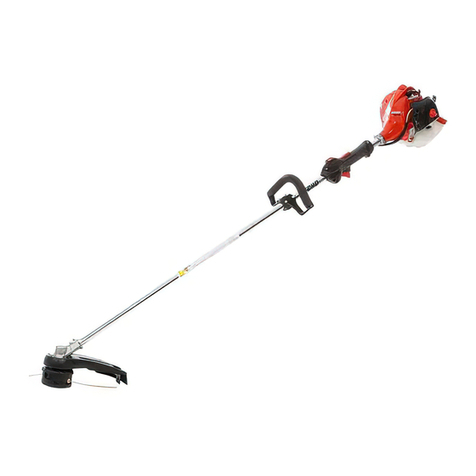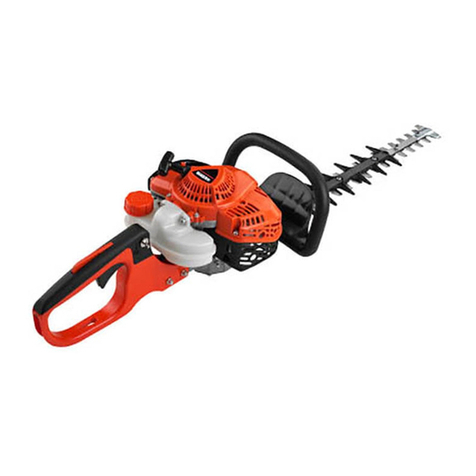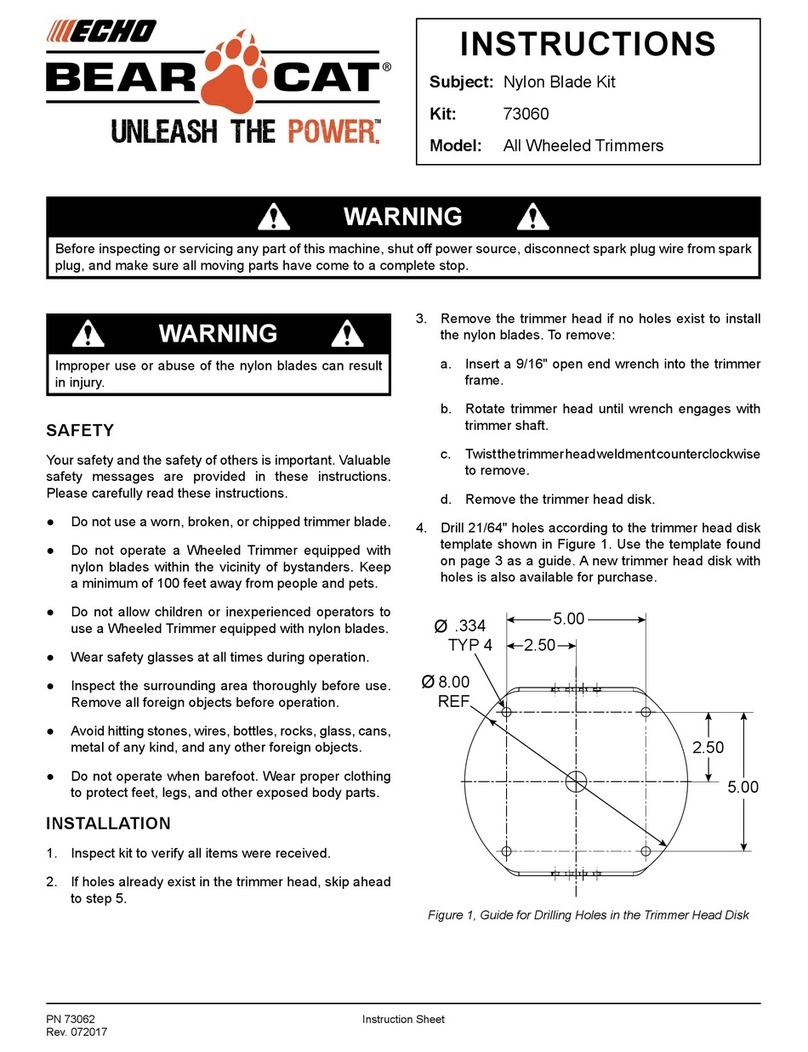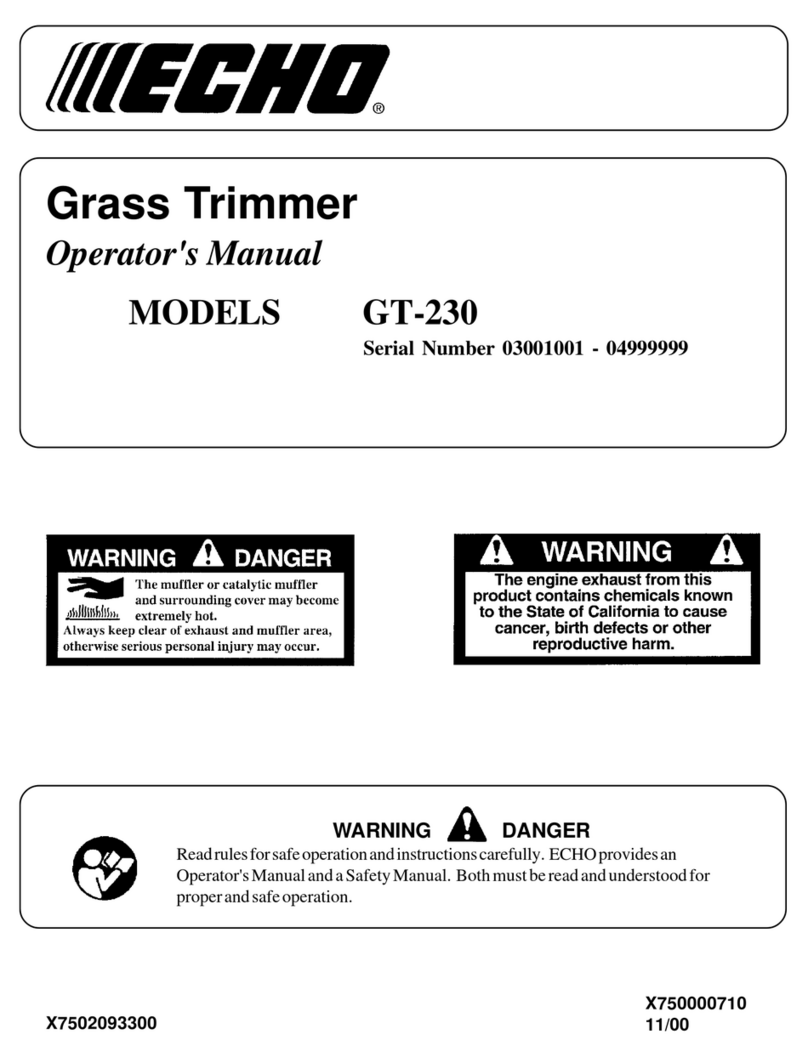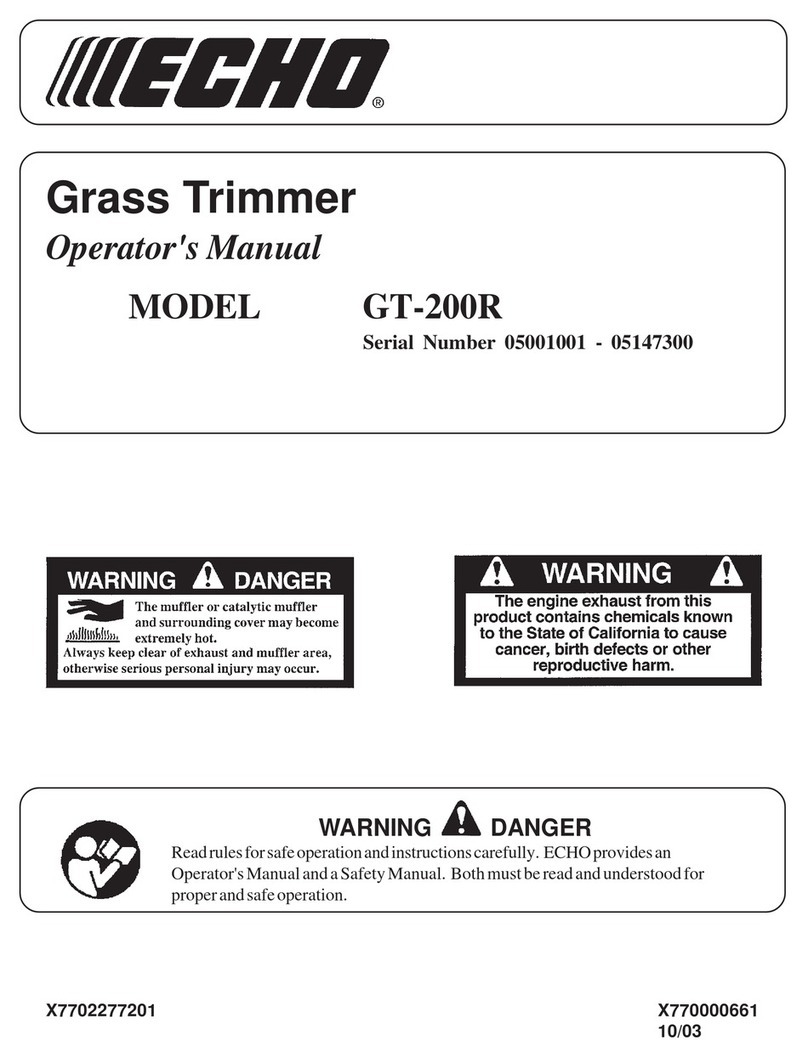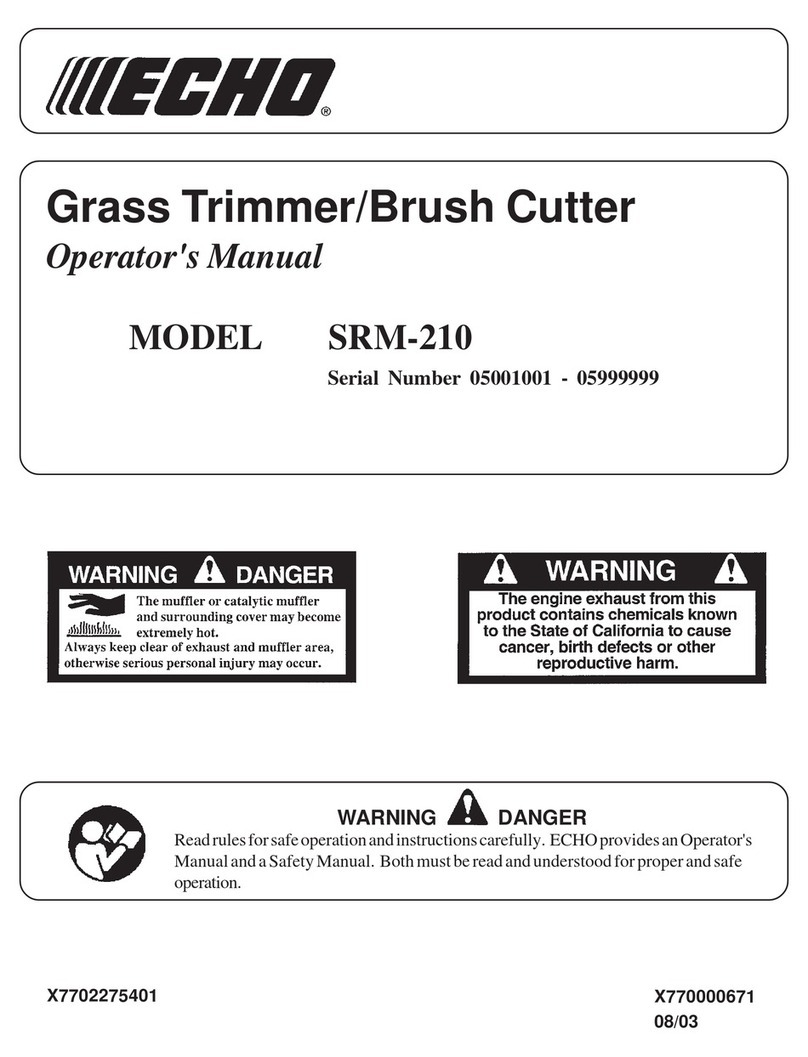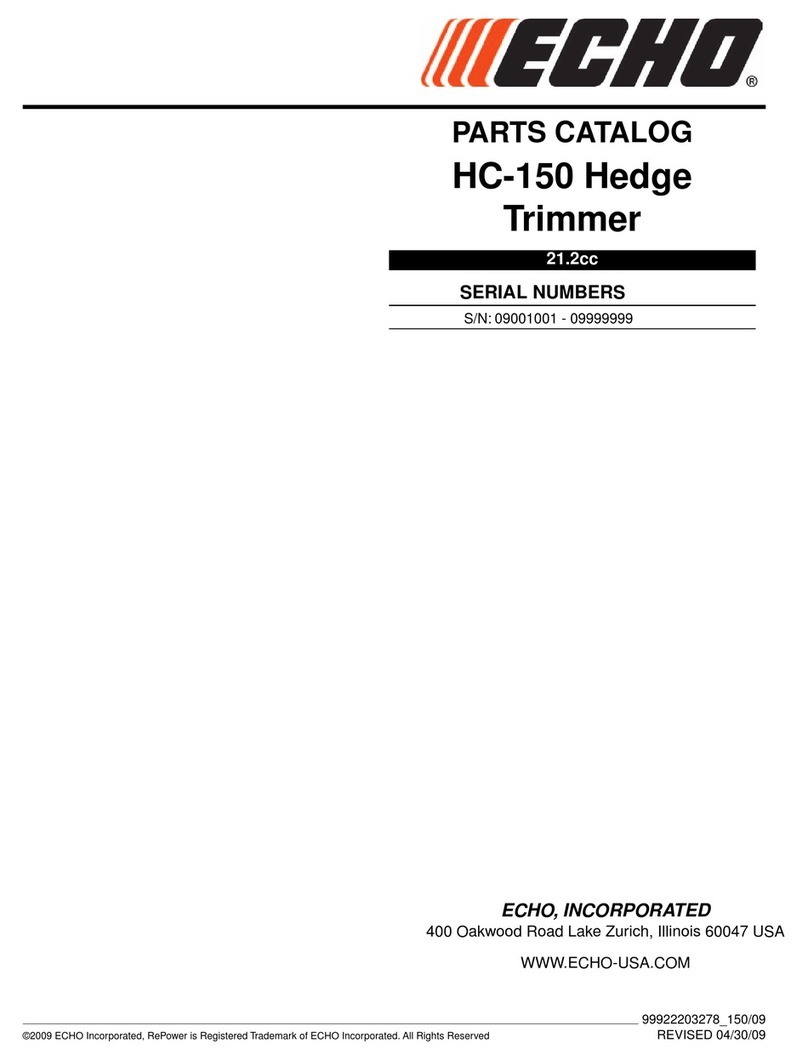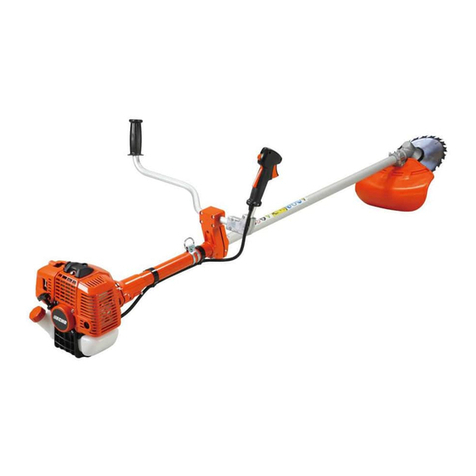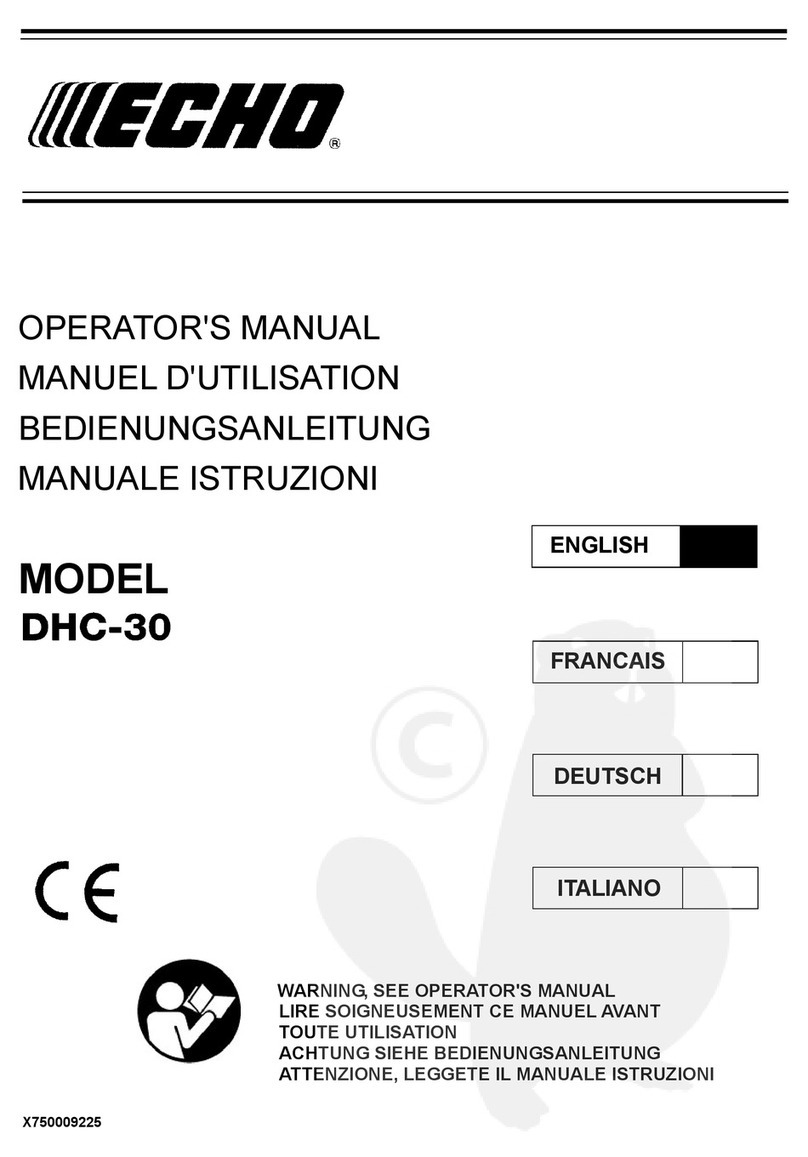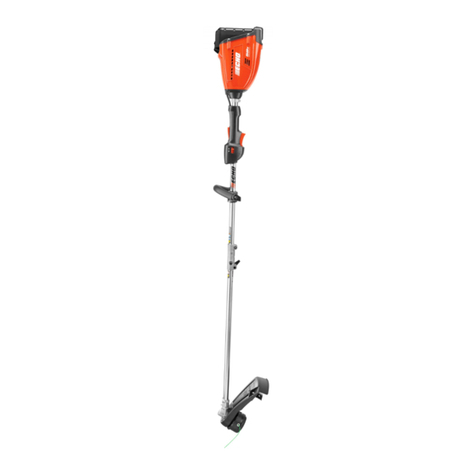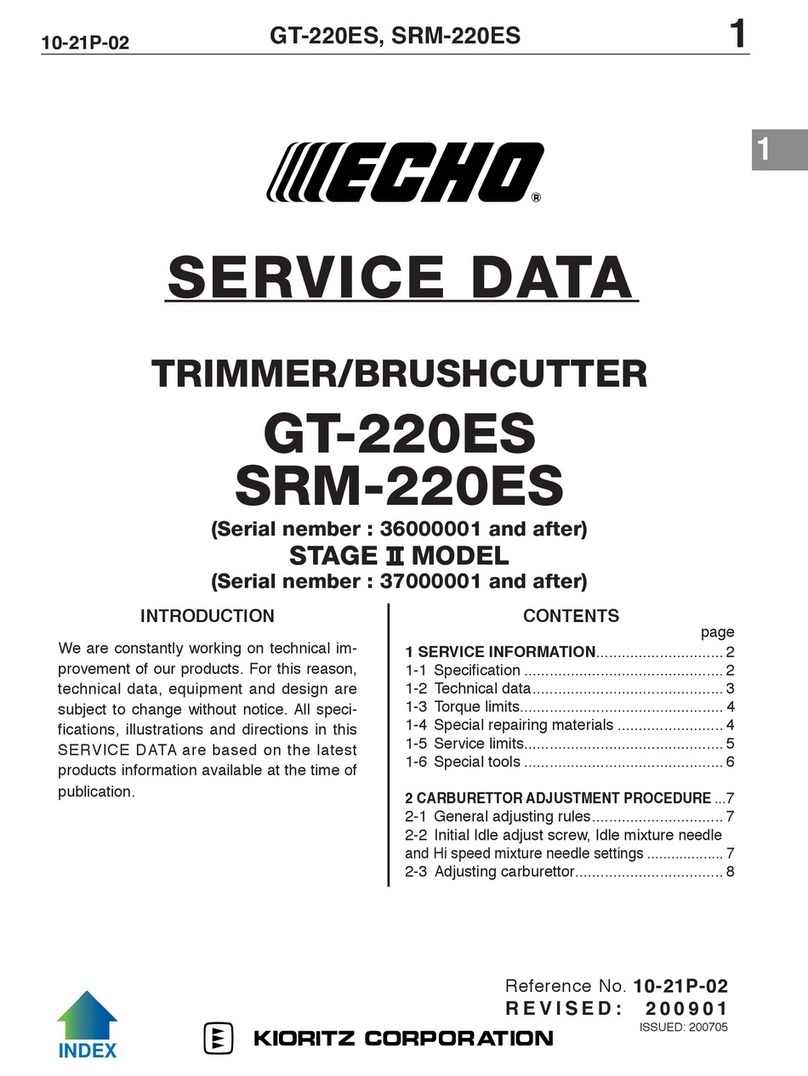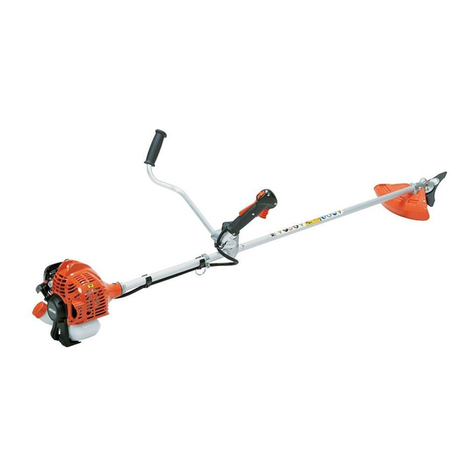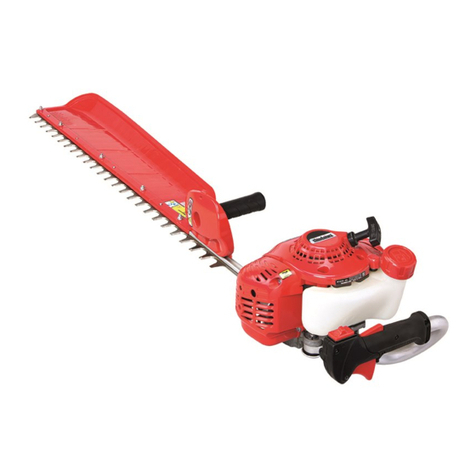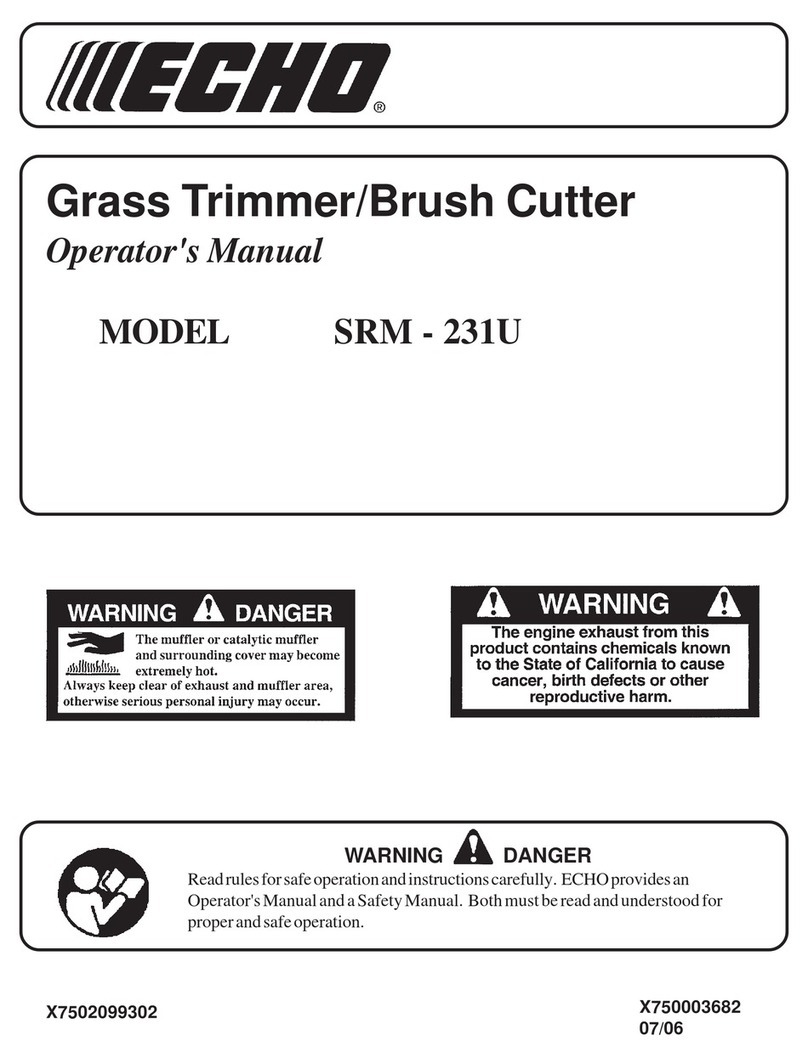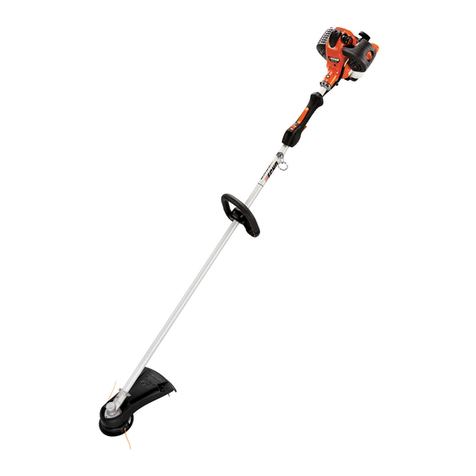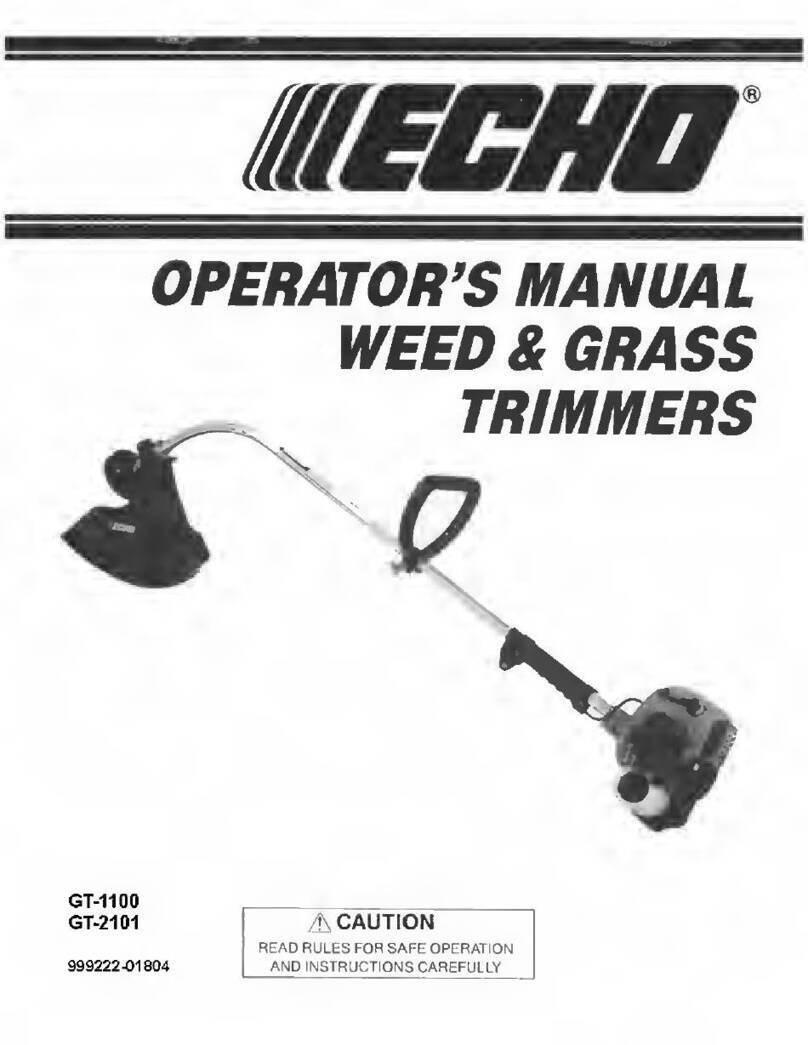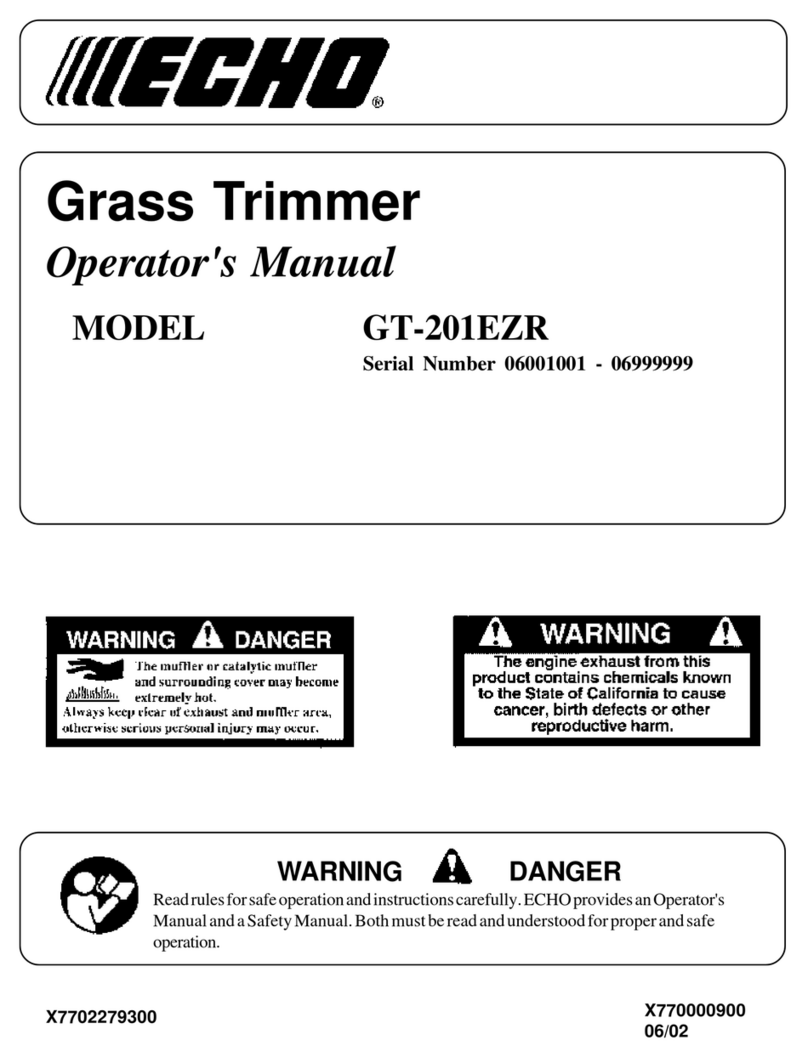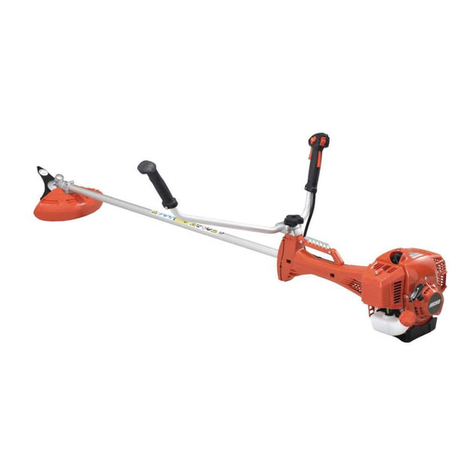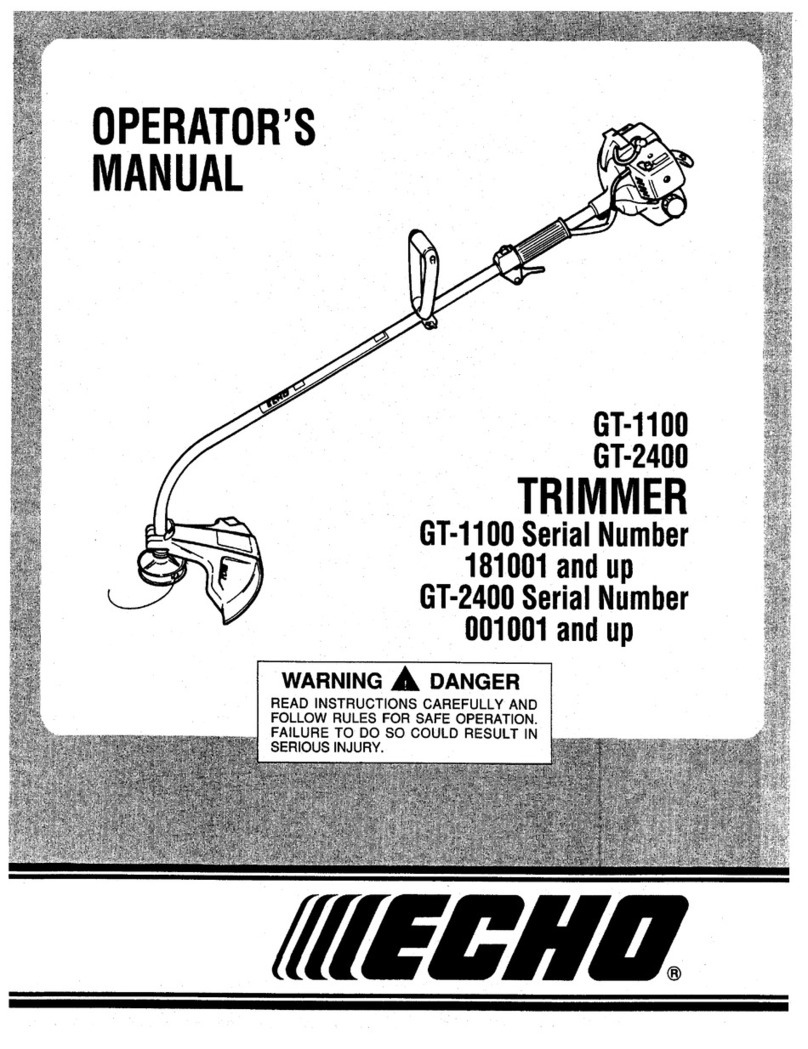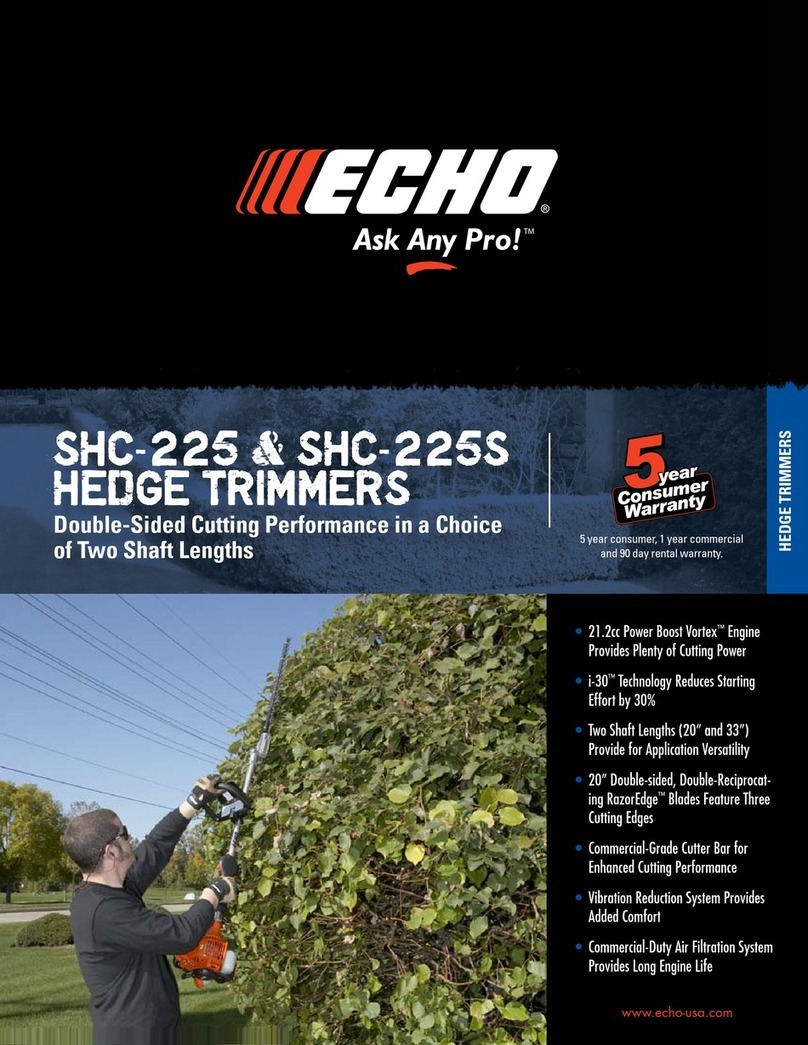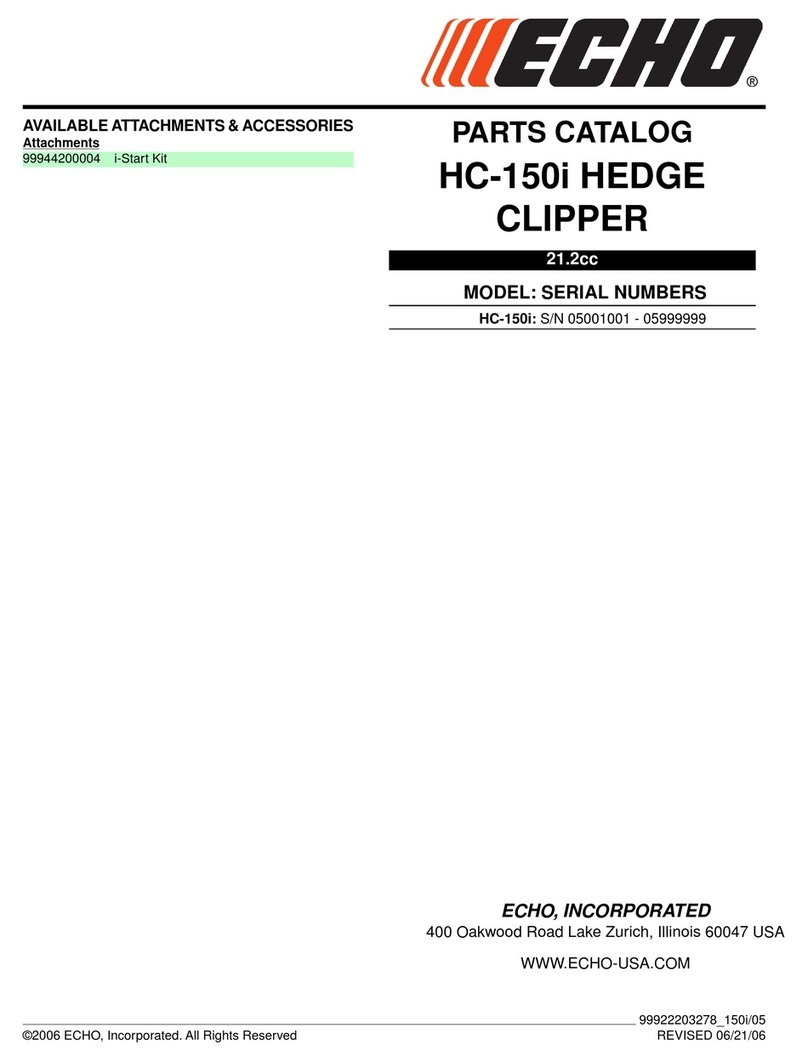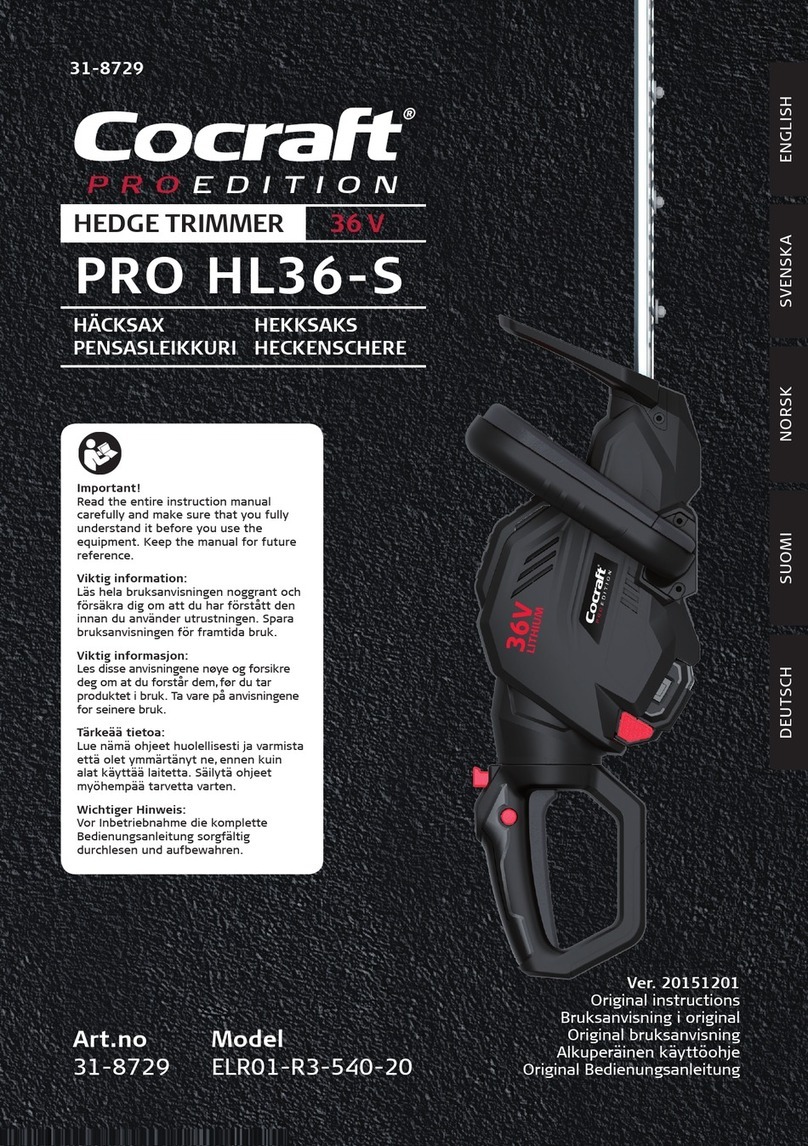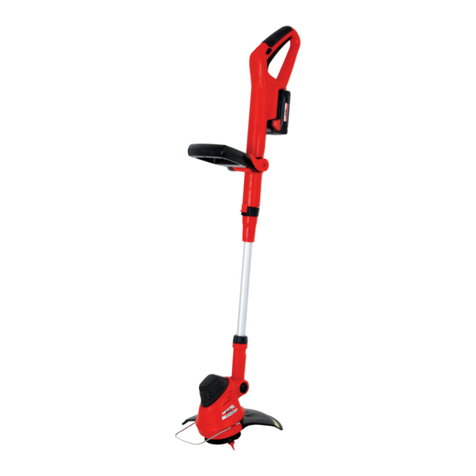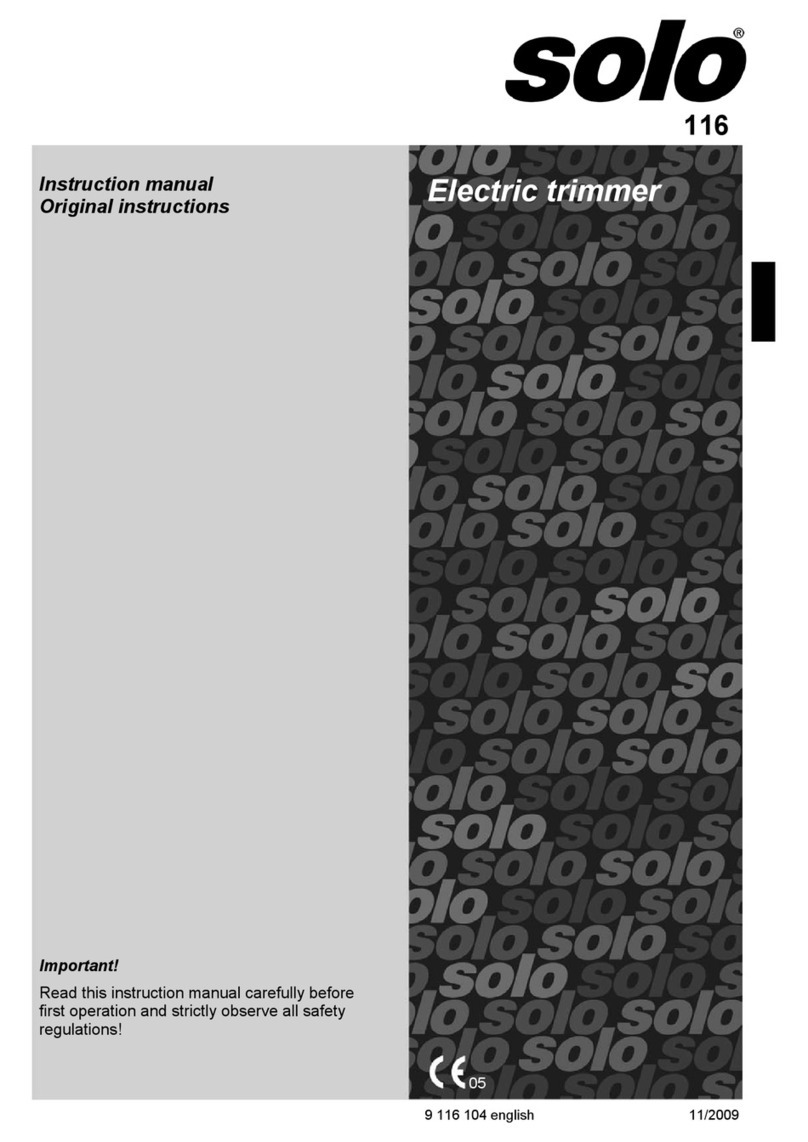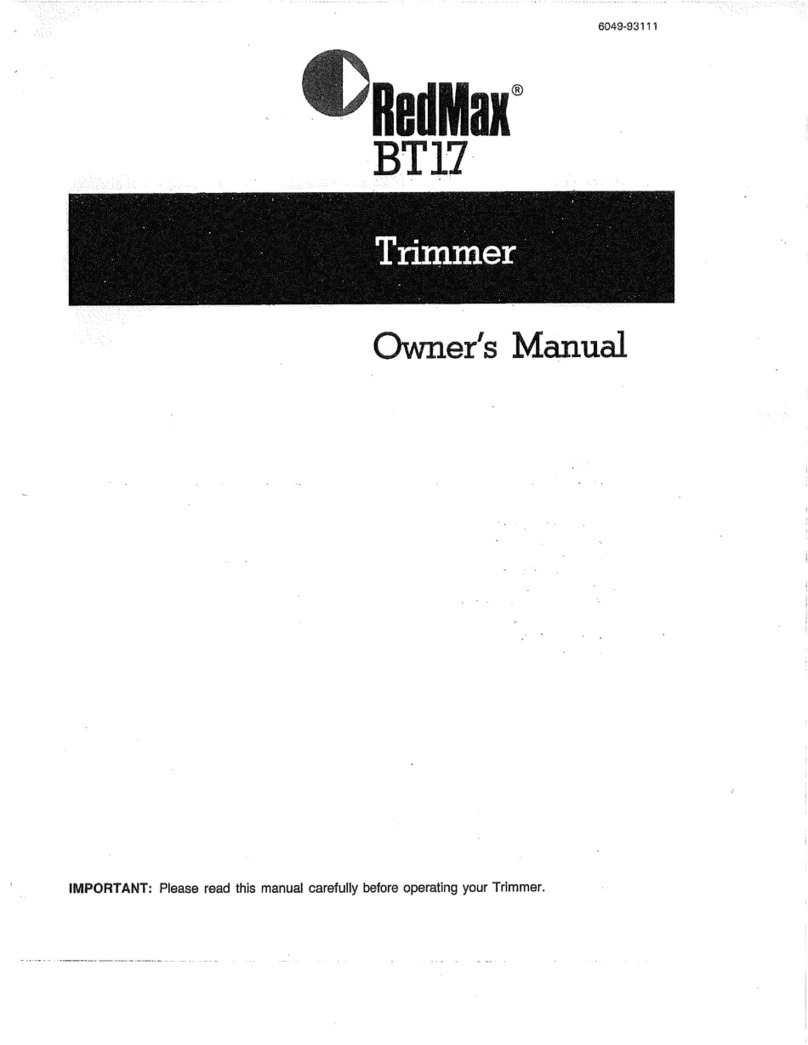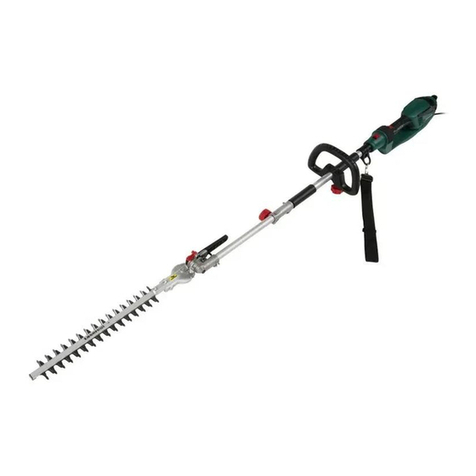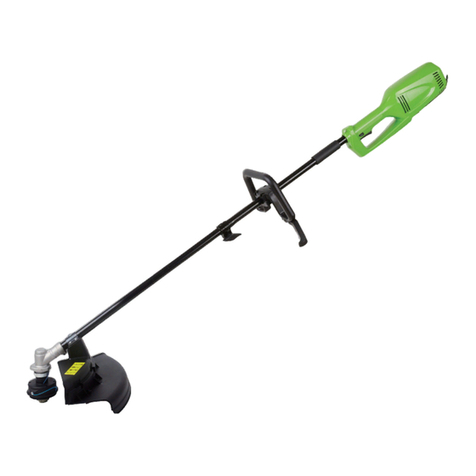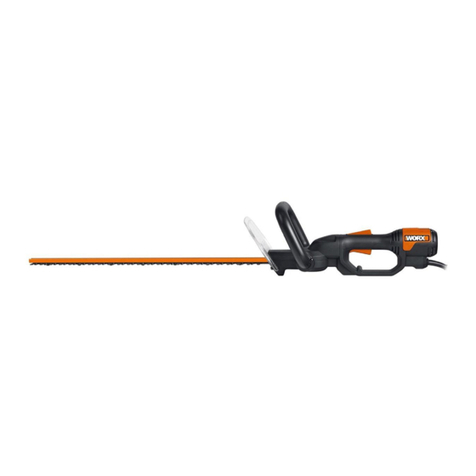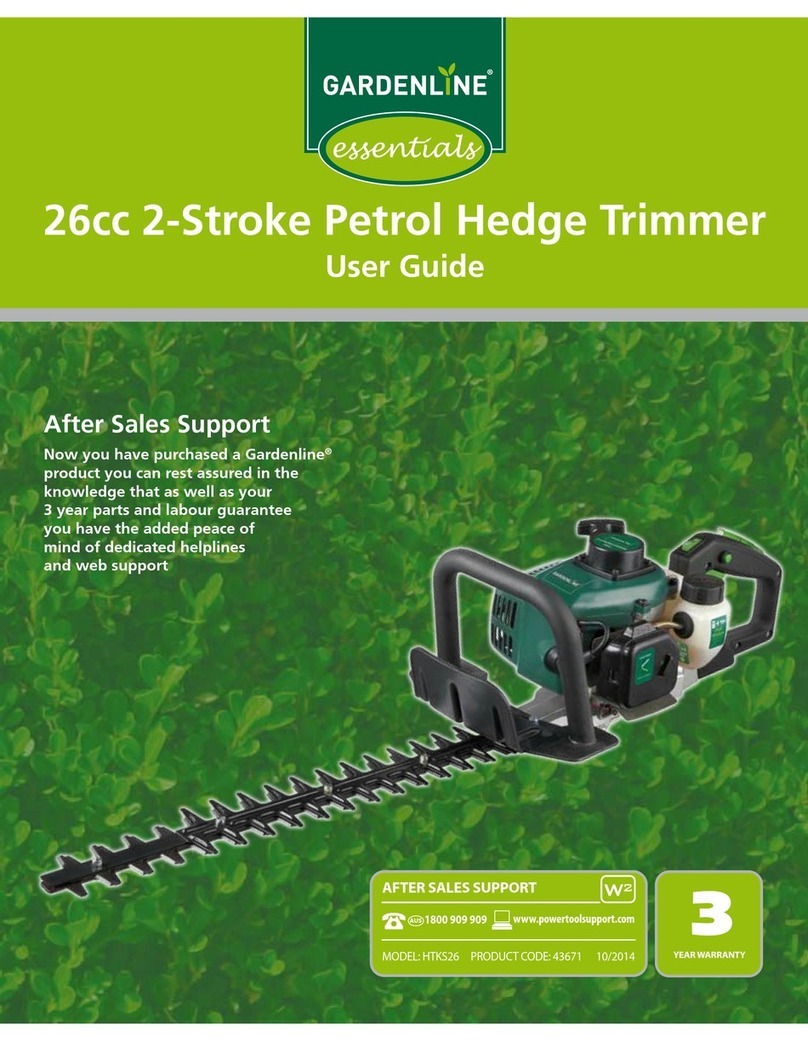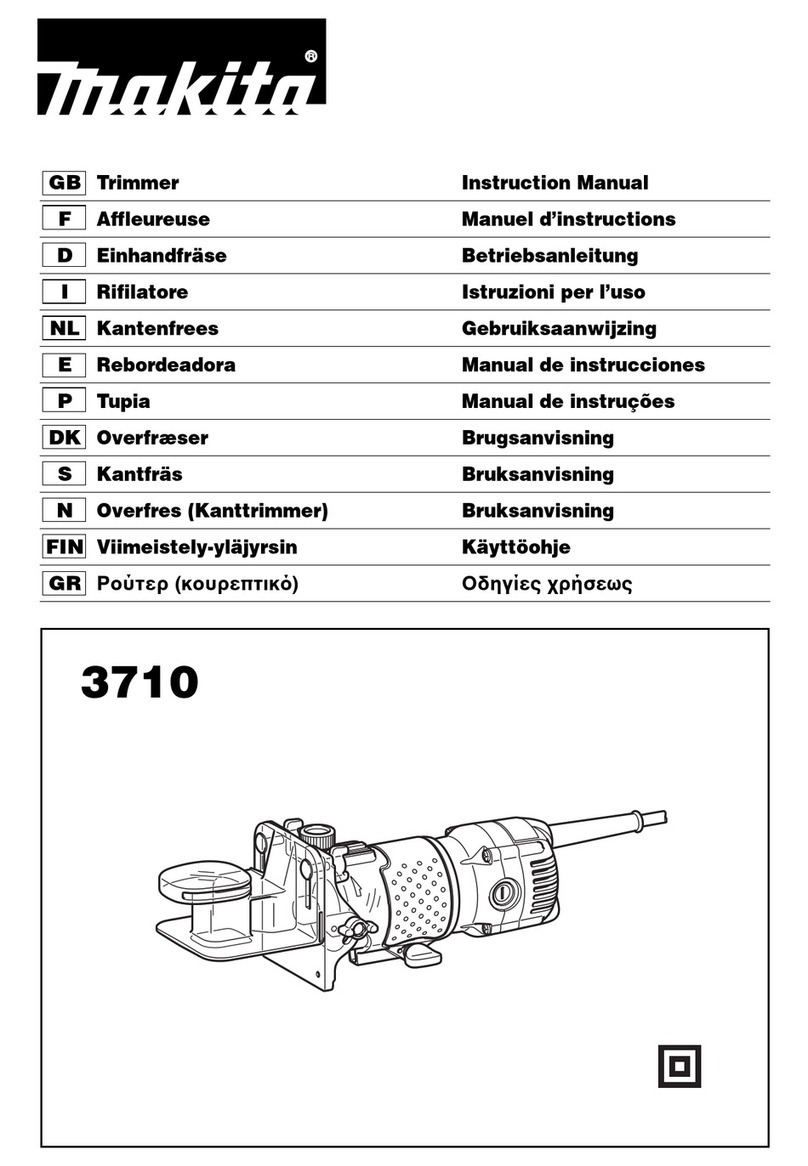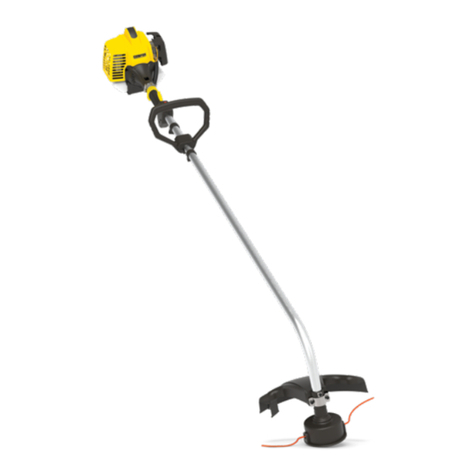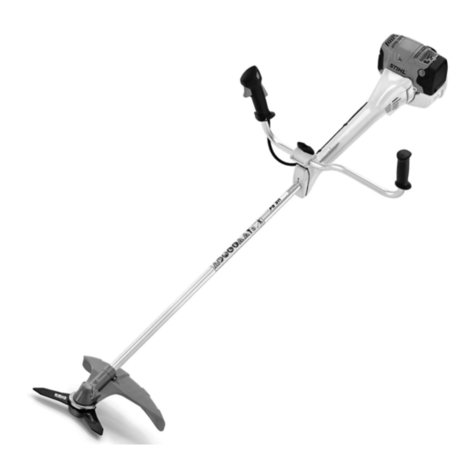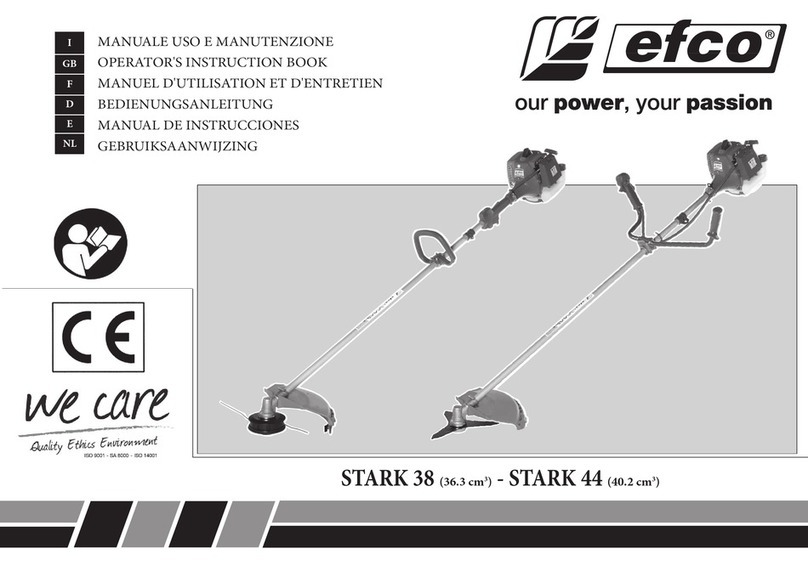You must also read the precautions that appear in the body of the manual itself.
Text following a [diamond mark] mark describes the potential consequences of failing to observe the precaution.
Warning notices
Situations where there is a risk of physical injury to the operator and other people are indicated in this manual and on the product
itself by the following warning notices. Always read and observe them carefully in order to ensure safe operation.
Other indicators
As well as warning notices, this manual uses the following explanatory symbols:
Symbols
In this manual and on the product itself, a series of explanatory symbols is used. Please make sure that you fully understand what
each symbol means.
DANGER WARNING CAUTION
This symbol accompanied by the
word "DANGER" calls attentions to
an act ora condition which willlead to
serious personal injury or death of op-
erators and bystanders.
This symbol accompanied by the
word "WARNING" calls attentions to
anactoraconditionwhichcanleadto
serious personal injuryor death of op-
erators and bystanders.
"CAUTION" indicates a potentially
hazardous situation which, if not
avoided, may result in minor or mod-
erate injury.
Circle and slash sym-
bol means whatever is
shown is prohibited.
NOTE IMPORTANT
This enclosed message provides tips
for use, care and maintenance of the
product.
Framed text featuring the word "IM-
PORTANT" contains important infor-
mation about the use, checking,
maintenance and storage of the prod-
uct described in this manual.
Symbol form/shape Symbol description/applica-
tion Symbol form/shape Symbol description/applica-
tion
Carefully read the operator's
manual
The maximum speed of the
cutting attachment shaft in
r/min
Wear eyes, ears and head
protection Keep bystandars away 15 m
Wear foot protection and
gloves Petrol and oil mixture
Emergency stop Purge bulb (Primer)
Warning!
Thrown objects! Carburettor adjustment
- Low speed mixture
